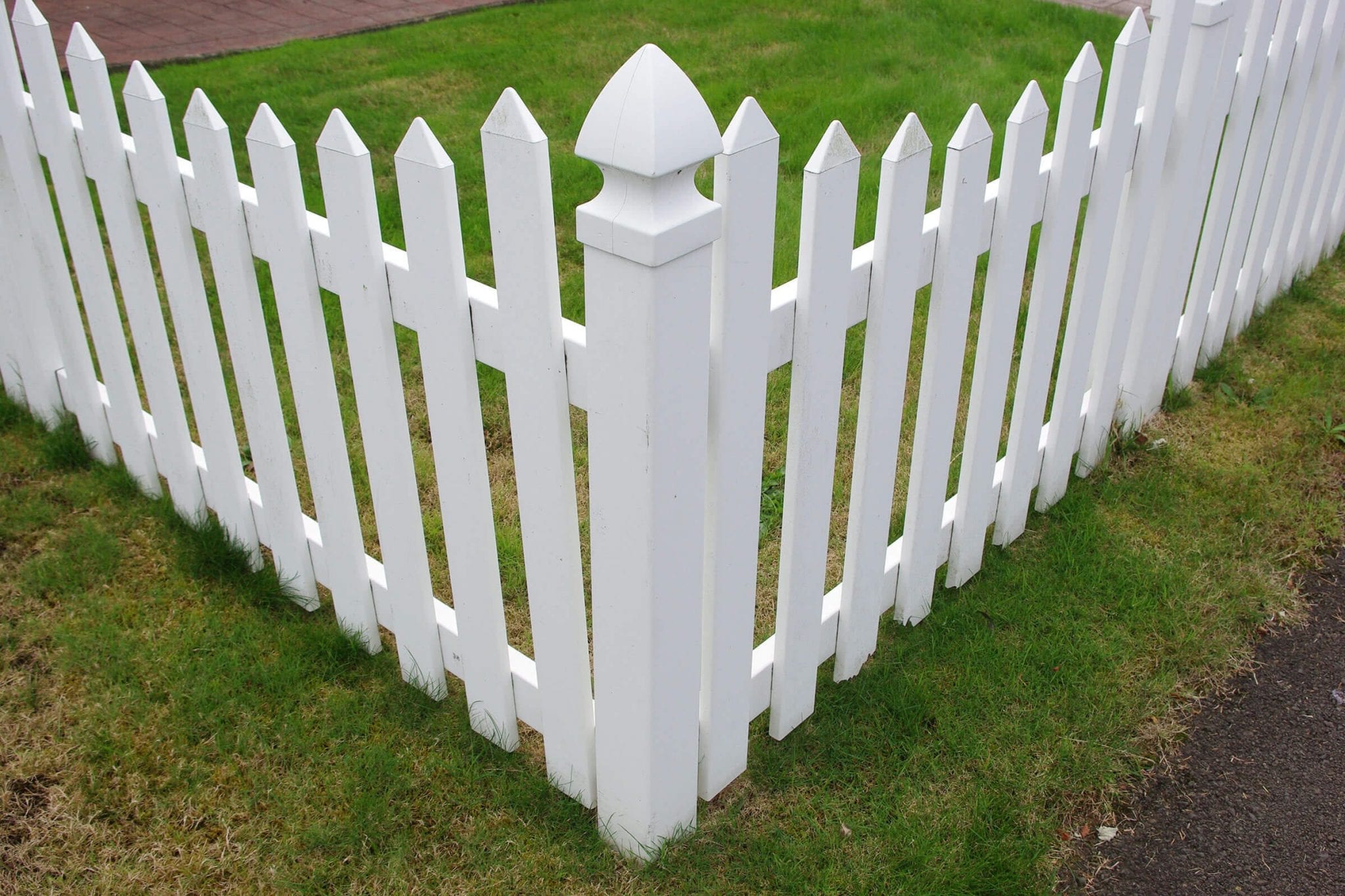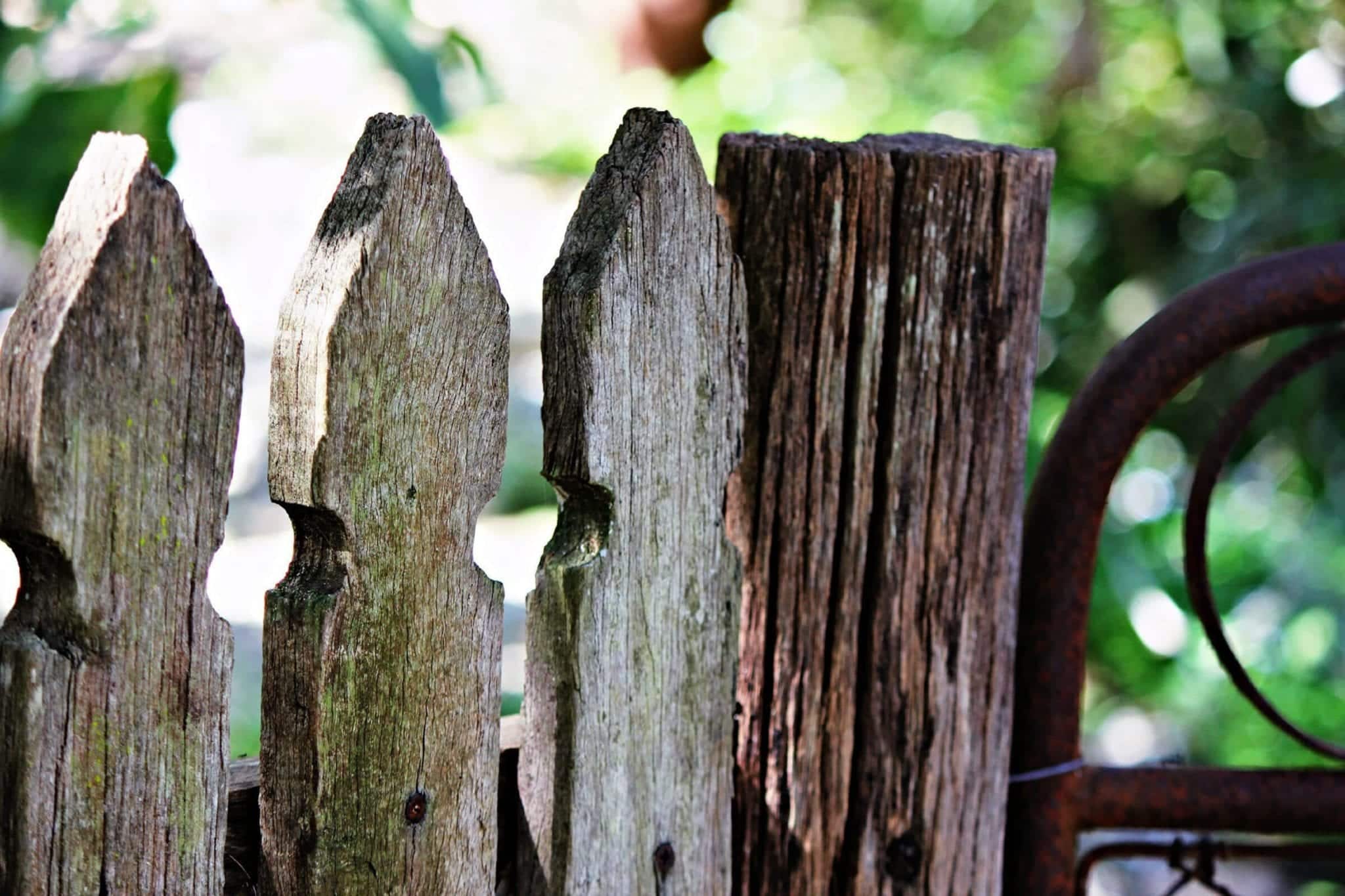A sturdy and visually appealing fence can add value to your home, enhance curb appeal, and even earn you points with the neighbors. But when it falls into disrepair, it can have the opposite effect. The thing is, signs that your fence needs repair can start small, turning into a big eyesore before you (or the neighbors) realize it. Here are the signs your fence needs repairs and how to handle them.
Signs of Problems with Wood Fences
The fact that Northland Fence has retired cedar fencing is a hint: wood fences are notoriously challenging to maintain. From production inconsistencies to fence failure when water gets into your cement footings, so much can go wrong. Here are a few signs that your wood fence needs repair—and that it might be time for a non-wood replacement.
Heaving and Bending
One of the primary issues with wood fencing is the need for cement footings. You must dig post holes, fill them with cement, and sink your cedar posts in. The problem is that water—whether groundwater or street-level water—can seep into the cement casing.
The result is posts that heave and bend, causing the fence posts to sway or fall. Bending can also mean cracked fence posts that break under pressure. Wood also warps with exposure to water—even with pressure treating and other preventative measures.
The fact is, wood can’t stand up to most environmental conditions—however mild—for very long.
Cracking Near the Ground
If your fence is too low to the ground—or ground conditions have changed due to moisture or upheaval—the posts may touch the soil. Not only does this invite pests to move in (more on that below), but it also means moisture can seep into your wood.
Dry rot is another factor and one that can occur no matter how high your fence is from the soil. Dry rot is a condition that occurs when wood fences lose their natural oils. The result is exposed surfaces that become brittle and start breaking off due to fungi growth.
Signs of Pests
Pests are another common issue with wood fencing. Termites, for example, love to nibble on your cedar and other wood fencing materials. Some visible symptoms of termite damage include:
- Swelling of the wood (looks like moisture damage)
- Mildew or mold odors
- Spots where the fence is buckling with no other explanation
- Visible “mazes” where the termites travel
Addressing Problems with Wood Fences
Fixing a fence might be as simple as replacing a few wood panels. Or, it could require digging new post holes and even purchasing power tools. But for most homeowners, the costs of wood fence repair are too high to manage.
Over time, alternative types of fencing can save you time, money, and stress. Of course, other types of fences still require regular upkeep—more on that below.

Signs Your Vinyl Fence Needs Repairs
Fence repair and painting tasks are fewer and far between with vinyl fencing. Still, no fence is immune to the powers of nature (or the neighborhood kids). Here’s what to look for in your vinyl fencing to gauge for repairs.
Discoloration
The good news is, vinyl fences are typically easy to clean. Spraying them off with a hose or washing gently with a soapy cloth often removes dirt and stains. Sometimes, however, stuff starts to grow. Commonly, grass clippings and mud can encourage the growth of:
- Mold
- Algae
- Mildew
- Moss
In wet or mildew conditions, your fence might start changing colors with whatever is growing on it. But you probably don’t need to remove or replace the vinyl panels. Just wash with a simple bleach or white vinegar solution to neutralize the spot, and that’s it.
Puckering or Holes
Even a small hole or puckered surface can cause an unsightly blemish on your vinyl fence. Overall, these fences are durable and don’t require much maintenance. But a tree branch crashing down could create a puncture, and other conditions can result in minor damage.
In most cases, small puckers aren’t a huge problem. You can sand down the surface, apply a sealant, and stop the spread of the hole. Existing holes, however, might need sanding, insulation, sealant, and paint to restore the fence’s integrity (and style).
Addressing Problems with Vinyl Fences
Fortunately, vinyl fences don’t have many performance issues—they last a long time and don’t require rust products or paint jobs. It can be more complicated to repair a vinyl fence than a wood one, however, because of the need for insulation. Still, vinyl often means far fewer headaches than wood fencing.
Signs Your Ornamental Fence Requires Repairs
Traditional ornamental fences use wrought iron, which is challenging to care for and tough to install. If you have a wrought iron fence, you need to check it for signs of damage and perform preventative maintenance, too. Here’s what to look for on ornamental fencing.
Visible Rust
Because wrought iron fences contain ferrous metal, they are susceptible to rust. Iron can become weak as rust develops, and the first symptom is discoloration on the fence. Rust usually appears orange and crumbly, and it often occurs in the joint areas first.
Check carefully for signs of rust and have a rust-preventing product on hand to apply. Gel and spray products can help dissolve rust, but often, scrubbing is necessary, too. You may also need to use anti-rust products regularly, whether in the form of a new paint job or a rust-only formula.
Dents and Bending
While wrought iron looks tough, it is vulnerable to bending and dents. Such dents and damage are usually easy to spot. The problem is fixing them. While many epoxy products can help the fence look better, traditional welding is a better solution to keeping the fence strong.
Peeling Paint
Chipping or peeling paint can also indicate a problem because the paint sticks best on smooth surfaces. Slight blemishes can start the paint flaking off, meaning you might have to reapply primer and paint before it looks better.
Addressing Problems with Ornamental Fences
Ornamental wrought iron fences look nice, but the stress of maintaining them often discourages homeowners from sticking with the design over time. And the truth is, rebuilding a fence with materials that are easier to maintain can provide you with a fence that lasts as long as you own your home.
Plus, you can achieve the traditional ornamental look with galvanized steel fencing. Galvanized steel fences often last for decades with little upkeep. The fabrication process involves hot-dip galvanizing and powder coating, which protects against rust and damage. Applying paint is also simple with steel fences. And, the weather resistance and strength mean dents are far less common than in wrought iron.
Final Thoughts on Fence Repairs
Repairing or replacing a fence gives you opportunities to switch up the style, materials, and even location. Depending on where property lines fall, you could add a few inches to a foot or more to your yard by moving some posts.
And taking the DIY route is often enjoyable for homeowners. But for others, the task of fixing a fence can seem daunting. Fortunately, professional fence repair is affordable and stress-free. You don’t have to do anything — except choosing the materials and size of the fence. Then, a team of pros takes over.


